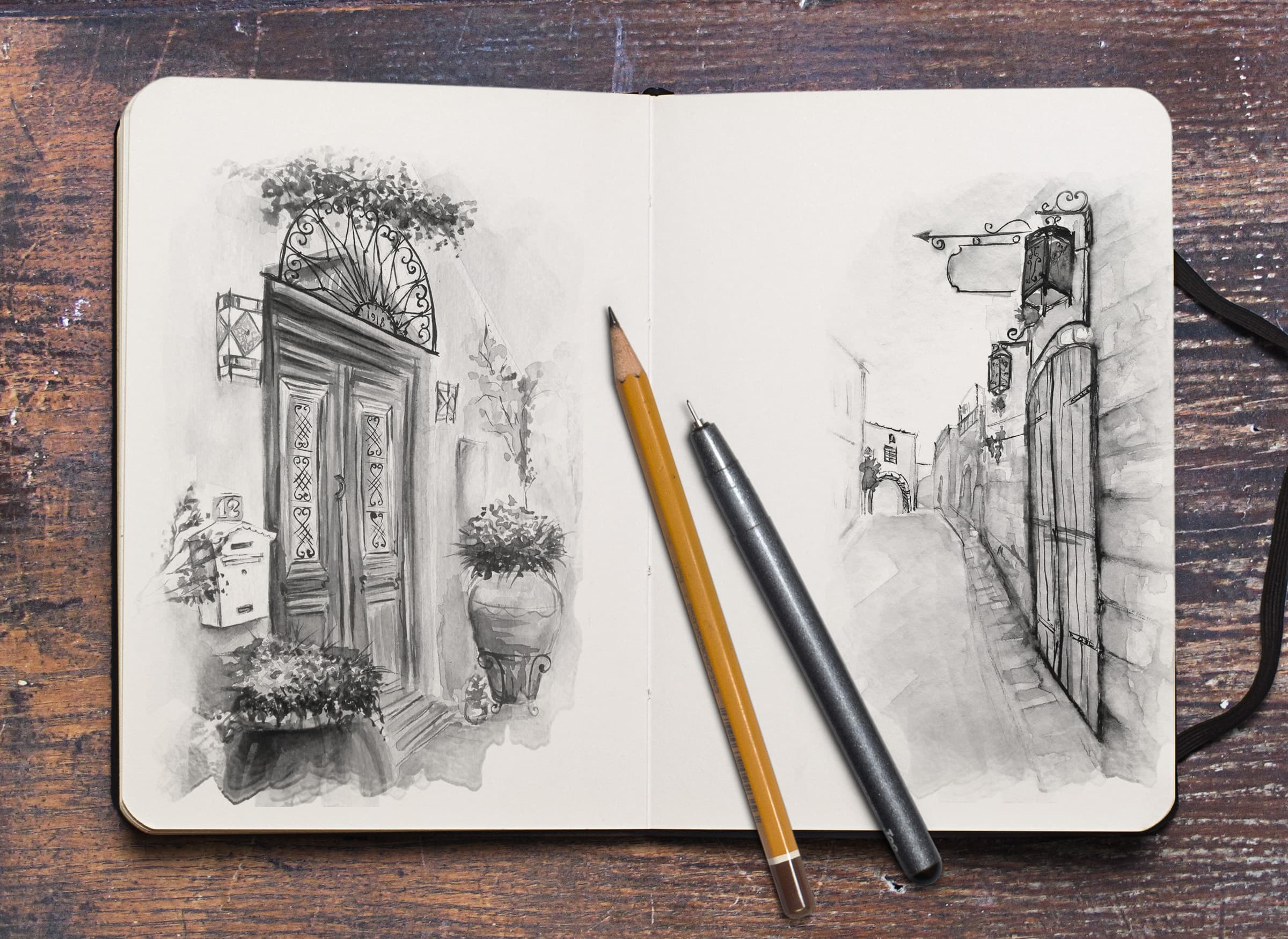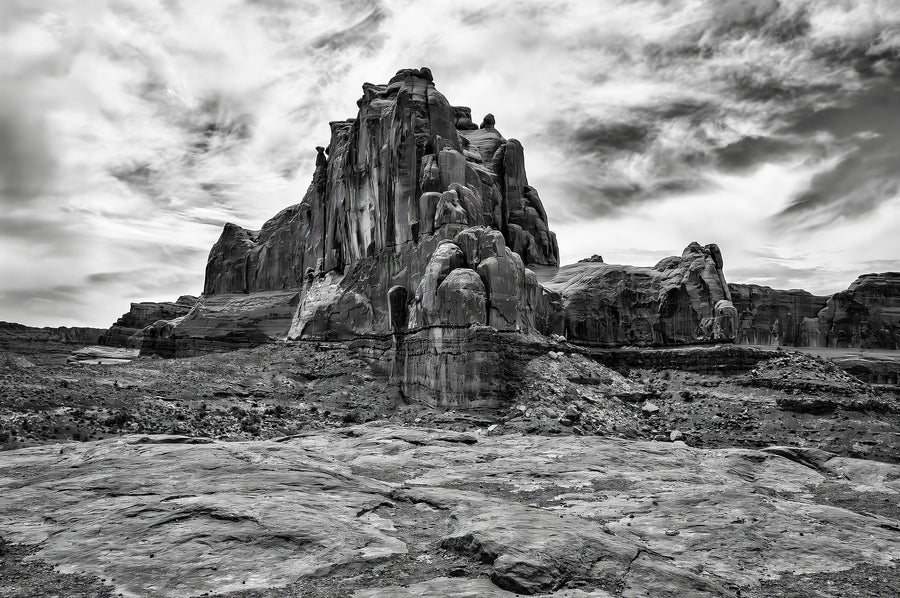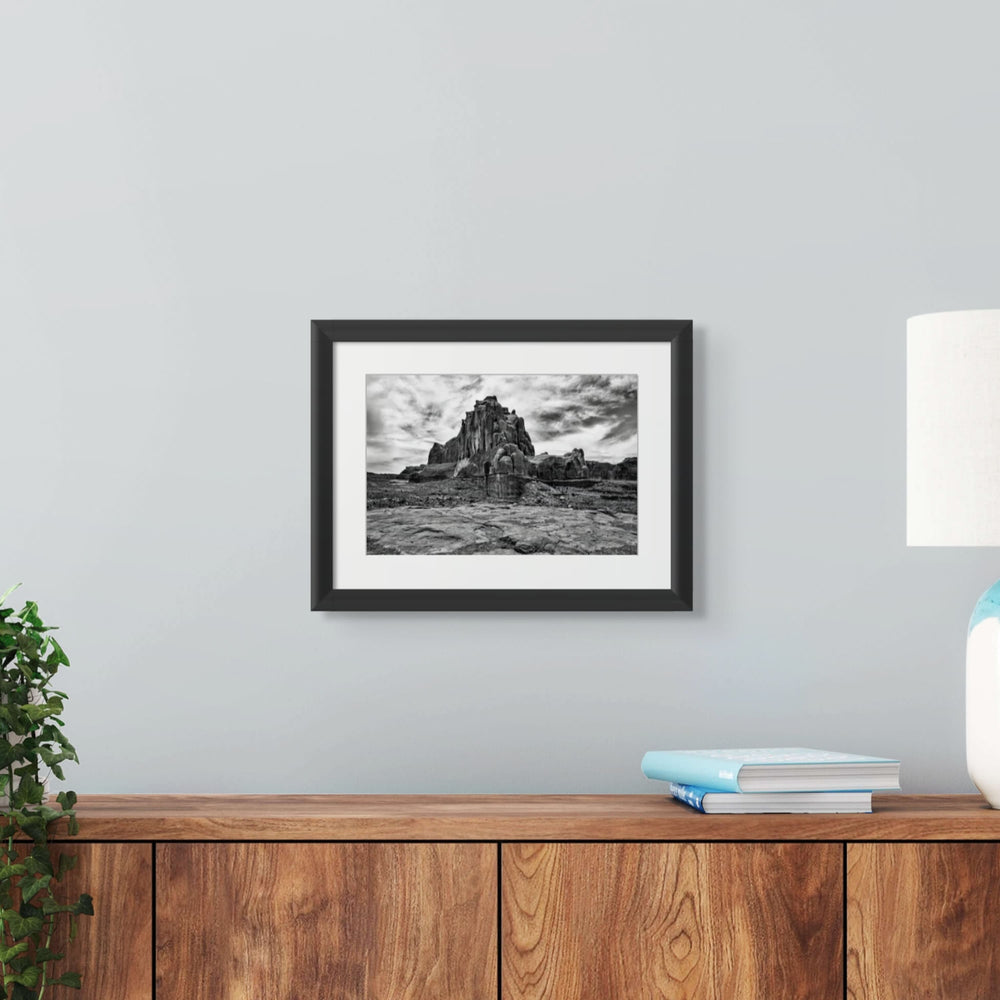Exploring and Mastering the Basics of Art Drawing

My gym trainer recently made a comment that I hear often. Maybe you've said it yourself: "I wish I could draw, but I can't draw to save my life! I can't even draw a stick figure!" I told him that stick figures don't count and that anyone can practice drawing for relaxation and creative enjoyment. It’s not a competition. You don't have to be perfect, and you don’t have to show anyone if you don’t want to.
Think you can't draw? Not so! Plus, no one has to see it unless you decide to show them. I won't tell. Grab a pencil and let's go!
Do you find yourself staring at a blank page in your sketchbook, itching to create something but unsure where to start? Or maybe you've been doodling and sketching for a while but feel like you've hit a plateau? Whatever your situation, getting a grip on the basics of art drawing is essential to developing your skills and finding that sketchbook inspiration that sparks joy in your creative journey.
In this casual chat about art drawing, we'll review some sketching tips to help you make friends with your pencil and sketchbook. Plus, we'll dive into art supplies, charcoal drawing, and drawing art styles that can add some flair to your artistic repertoire. Ready to draw? Let's jump in!

Photo by Jakayla Toney (https://unsplash.com/@jakaylatoney)
The Sketchbook: Your Artistic Playground
Before getting into the nitty-gritty of drawing, let's discuss your sketchbook. It's more than just a bunch of blank pages – it's your playground, laboratory, and confidant. It's where you can experiment without fear of judgment. So, let's treat it with the respect and excitement it deserves!
Embracing Imperfection
Remember, your sketchbook is for your eyes only (unless you decide to share it). Embrace imperfection and avoid getting hung up on making every page a masterpiece. The smudges, eraser marks, and wonky lines are all part of the process. They're evidence of your growth as an artist.
Sketchbook Inspiration Everywhere
Inspiration can strike anywhere, so keep your sketchbook handy. You might find inspiration in the curve of a coffee cup, the shadow of a tree, or the expression on a stranger's face. The world is full of potential sketches, and with your trusty sketchbook by your side, you'll be ready to capture them.
Sketching Tips for Beginners
So, you're ready to put pencil to paper – awesome! Here are a few sketching tips to help you start on the right foot.
Start with Simple Shapes
Drawing complex scenes can be overwhelming, so start by breaking down your subjects into simple shapes. Look for circles, squares, triangles, and rectangles. This approach makes sketching less intimidating and provides a solid foundation for your drawings.
Keep Your Hand Loose
Loosen up your wrist and fingers. A tight grip can lead to stiff lines and cramps. Practice drawing with your arm instead of just your wrist – it allows for broader, smoother strokes.
Practice, Practice, Practice
Like any skill, drawing improves with practice. Set aside time each day to sketch, even if it's just for a few minutes. You'll be surprised how quickly you progress.
Exploring Art Drawing Supplies
Art supplies are like candy for creatives – there's so much to choose from! But when you're starting, it's easy to get overwhelmed. Here's a rundown of some essentials to get you started.
The Right Pencils
Graphite pencils come in various grades, from hard (H) to soft (B). A 2B or HB pencil is a good all-rounder for sketching, while softer pencils like 4B or 6B are great for darker, richer lines.
Erasers Are Your Friends
Invest in a good-quality kneaded eraser. It's not just for correcting mistakes – you can also use it to lighten lines, create highlights, and refine your sketches.
Charcoal for Drama
Charcoal drawing has a whole vibe. It's bold, dramatic, and a lot of fun. And, it's inexpensive. Charcoal comes in pencils, sticks, and powder; each form has its charm. Try them out and see which one you like best.
A Trusty Sharpener
Nothing's worse than a dull pencil when you're in the middle of a great sketch. Keep a sharpener handy to keep your lines crisp and your flow uninterrupted.
Dive into Charcoal Drawing
Charcoal drawing is like the cool older cousin of pencil sketching – a little bit edgy and a lot of fun. It's an excellent medium for capturing light and shadow; its rich blacks can add depth to your drawings.
Mastering Light and Shadow
Charcoal's range from deep black to light gray allows you to play excitingly with light and shadow. Practice by setting up a simple still life and observing how the light falls on different objects. Try to capture those variations with charcoal.
Blending and Smudging
One of the joys of charcoal is its ability to blend and smudge. You can use your fingers, a cloth, or a blending stump to smooth out the charcoal and create gradients or soft shadows.

Exploring Drawing Art Styles
There's no one-size-fits-all when it comes to art drawing styles. Finding your unique voice can be as much fun as the drawing itself. Let's look at a few styles you might want to experiment with.
Realism: Capturing Life
Realism is all about capturing the world around you as accurately as possible. It's a great way to hone your observational skills and train your eye to see fine details.
Expressive: Letting Loose
If realism is too structured for you, try getting expressive with your drawings. Exaggerate features, play with proportions, and let your emotions guide your hand. It's liberating and a fantastic way to inject personality into your work.
Abstract: The Shape of Feelings
Abstract art throws the rulebook out the window. It's all about shapes, colors, and lines that don't necessarily represent reality. Abstract drawing can be a powerful way to convey feelings and concepts without being literal.
Putting It All Together
Now that we've covered the basics, it's time to combine it. Grab your art supplies, find that sketchbook inspiration, and start sketching. Remember, the journey of art drawing is personal, and there's no right or wrong way to go about it.
Develop Your Personal Style
You'll develop your drawing style as you practice and explore different styles and mediums. Embrace it! Your unique style is your artistic fingerprint.
Share Your Work (If You Want)
When you're ready, consider sharing your work with others. It can be scary, but it's also incredibly rewarding. You'll find a community of artists and art lovers who can offer support, advice, and inspiration.
Final Thoughts
Art drawing is a journey of self-discovery, creativity, and skill-building. You'll unlock a world of artistic possibilities by mastering the basics and exploring different styles and mediums. So sharpen those pencils, get your hands on some charcoal, and let your sketchbook be the canvas for your imagination. Happy drawing!
❤️ Christina







